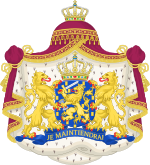
The House of Orange-Nassau is the current reigning house of the Netherlands. A branch of the European House of Nassau, the house has played a central role in the politics and government of the Netherlands and elsewhere in Europe, particularly since William the Silent organised the Dutch Revolt against Spanish rule, which after the Eighty Years' War (1568–1648) led to an independent Dutch state. William III of Orange led the resistance of the Netherlands and Europe to Louis XIV of France, and orchestrated the Glorious Revolution in England that established parliamentary rule. Similarly, Queen Wilhelmina of the Netherlands was instrumental in the Dutch resistance during World War II.
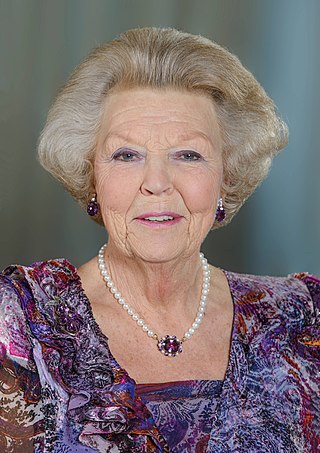
Beatrix is a member of the Dutch royal house who reigned as Queen of the Netherlands from 1980 until her abdication in 2013.

Prince Friso of Orange-Nassau was the second son of Queen Beatrix of the Netherlands and Claus von Amsberg, and younger brother of King Willem-Alexander. Friso was a member of the Dutch Royal Family, but because of his marriage without an Act of Consent in 2004, he lost his membership of the Dutch Royal House and was no longer in the line of succession to the throne.

Prince Constantijn of the Netherlands is the third and youngest son of the former Dutch queen, Beatrix, and her husband, Claus von Amsberg, and is the younger brother of the reigning Dutch king, Willem-Alexander. He is a member of the Dutch Royal House and currently fourth in the line of succession to the Dutch throne behind his nieces.

Since 1983, the crown of the Netherlands passes according to absolute primogeniture. From 1814 until 1887, a monarch could only be succeeded by their closest female relative if there were no eligible male relatives. Male-preference cognatic primogeniture was adopted in 1887, though abolished when absolute primogeniture was introduced in 1983. Proximity of blood has been taken into consideration since 1922, when the constitution was changed to limit the line of succession to three degrees of kinship from the current monarch. In a situation where the monarch is succeeded by an eligible aunt or uncle, persons previously excluded could be reintroduced into the line of succession.

Princess Laurentien of the Netherlands is the wife of Prince Constantijn and sister-in-law of King Willem-Alexander of the Netherlands.

Prince Maurits Willem Pieter Hendrik of Orange-Nassau, van Vollenhoven is a member of the Dutch royal family as the eldest son of Princess Margriet of the Netherlands and Pieter van Vollenhoven.

Count Claus-Casimir of Orange-Nassau, Jonkheer van Amsberg, is the second child of Prince Constantijn and Princess Laurentien of the Netherlands and their only son. He is a member of the Dutch royal family and is sixth in the line of succession to the Dutch throne.

Countess Eloise of Orange-Nassau, Jonkvrouwe van Amsberg, in the media often styled as simply Eloise van Oranje, is the first child and daughter of Prince Constantijn and Princess Laurentien of the Netherlands. She is the first grandchild of Queen Beatrix and Prince Claus of the Netherlands. She is a member of the Dutch royal family and currently fifth in the line of succession to the Dutch throne.
This article lists some of the events that took place in the Netherlands in 2002.
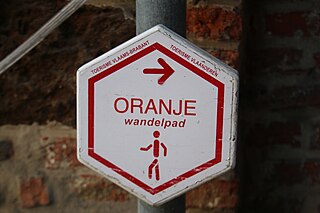
In the Kingdom of the Netherlands, the monarchy of the Netherlands is a constitutional office and is controlled by the Constitution of the Netherlands. A distinction is made between members of the royal family and members of the royal house.

Princess Margarita of Bourbon-Parma, Countess of Colorno, is the eldest daughter of Princess Irene of the Netherlands and Carlos Hugo, Duke of Parma. She is a member of the House of Bourbon-Parma as well an extended member of the Dutch royal family. Per a 1996 royal decree issued by Queen Beatrix, she is entitled to the style and title Her Royal HighnessPrincess Margarita de Bourbon de Parme in The Netherlands as a member of the extended royal family.

Princess Carolina of Bourbon-Parma, Marchioness of Sala, is the fourth and youngest child of Princess Irene of the Netherlands and Carlos Hugo, Duke of Parma. She is a member of the House of Bourbon-Parma as well an extended member of the Dutch royal family. Per a 1996 royal decree issued by Queen Beatrix, she is entitled to the style and title Her Royal HighnessPrincess Maria Carolina de Bourbon de Parme in The Netherlands as a member of the extended royal family.

The monarchy of the Netherlands is a constitutional monarchy whose role and position are governed by the Constitution of the Netherlands. Roughly a third of the Constitution explains the succession, mechanisms of accession and abdication to the throne, the roles and duties of the monarch, the formalities of communication between the States General of the Netherlands, and the monarch's role in creating laws.
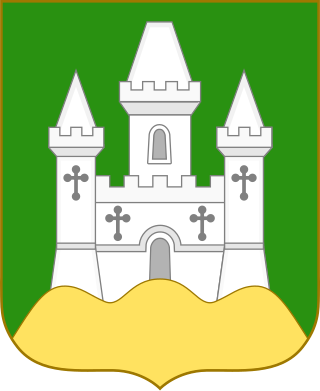
The House of Amsberg is a German noble family that originated in Mecklenburg and whose agnatic head is the present King of the Netherlands, Willem-Alexander. A great-grandson of a blacksmith and grandson of a baker, parish pastor August Amsberg (1747–1820) started calling himself "von Amsberg" in 1795, and the family's right to use this name was confirmed in 1891 by Frederick Francis III, Grand Duke of Mecklenburg-Schwerin. By this permission to use a nobiliary particle, the family effectively became part of the untitled lower nobility of the Grand Duchy of Mecklenburg-Schwerin.
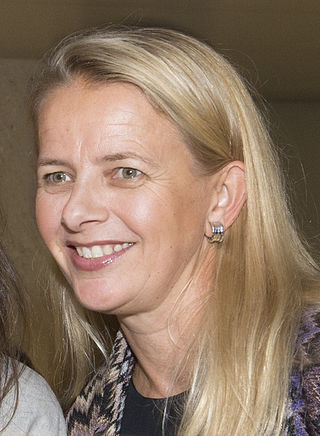
Princess Mabel of Orange-Nassau, more commonly known as Mabel van Oranje, is the widow of Prince Friso and sister-in-law of King Willem-Alexander of the Netherlands. She spends her time in human rights activities such as co-founding War Child Netherlands, the European Council on Foreign Relations, and Girls Not Brides: The Global Partnership to End Child Marriage.
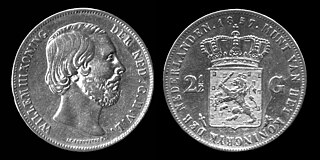
The style of the Dutch sovereign has changed many times since the establishment of the Kingdom of the Netherlands due to formations and dissolutions of personal unions, as well as due to marriages of female sovereigns and cognatic successions.
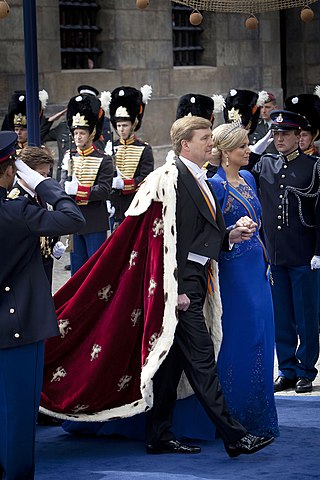
The inauguration of Willem-Alexander took place on 30 April 2013 at the Nieuwe Kerk in Amsterdam. Willem-Alexander ascended the throne immediately following the abdication of his mother Queen Beatrix earlier that day. Willem-Alexander is the first King of the Netherlands since the death of his great-great-grandfather William III in 1890.
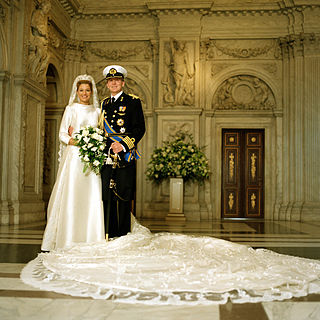
The wedding of Willem-Alexander, Prince of Orange, and Máxima Zorreguieta Cerruti took place on 2 February 2002 at the Nieuwe Kerk, Amsterdam. Willem-Alexander and Máxima became king and queen on 30 April 2013 after the abdication of his mother, Beatrix.

The inauguration of Beatrix as Queen of the Netherlands took place on 30 April 1980 at the Nieuwe Kerk in Amsterdam. Beatrix ascended the throne immediately following the abdication of her mother Juliana earlier that day.

